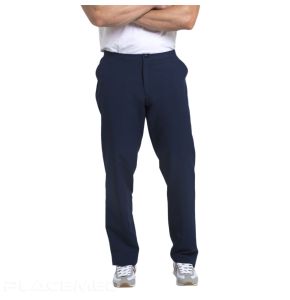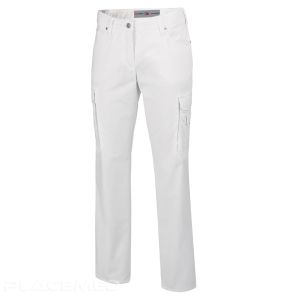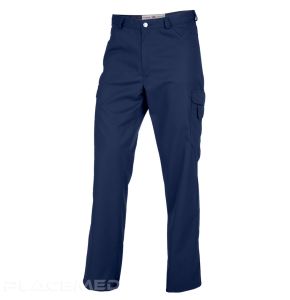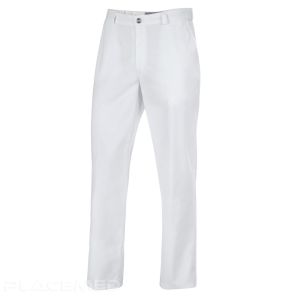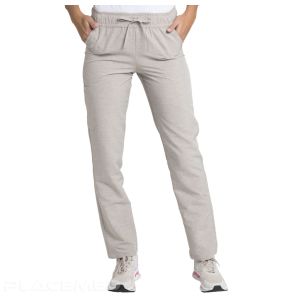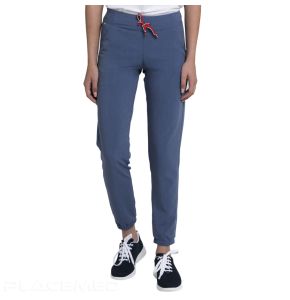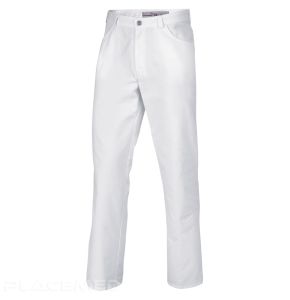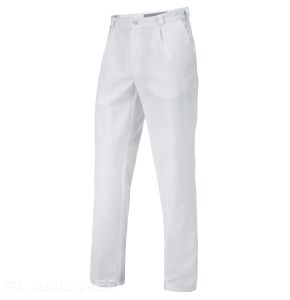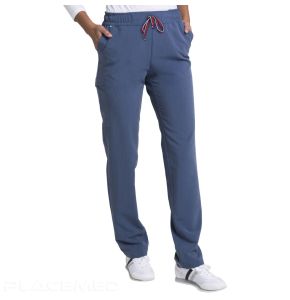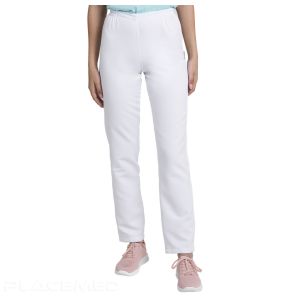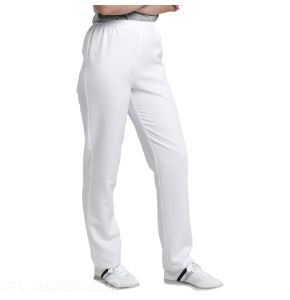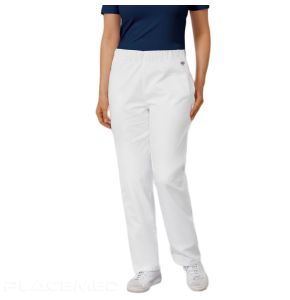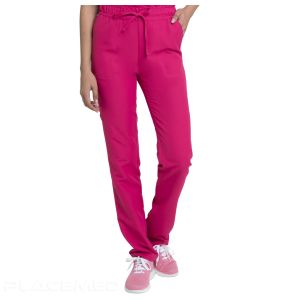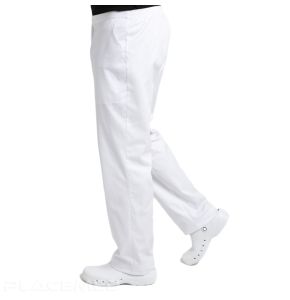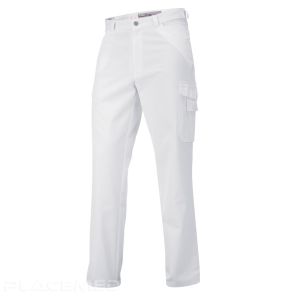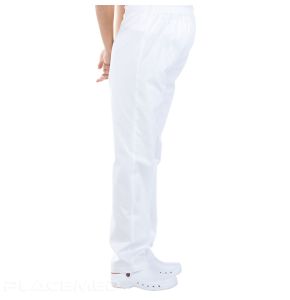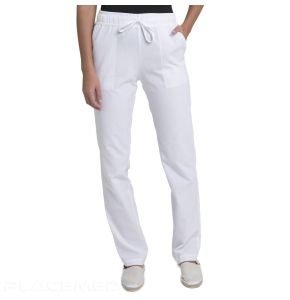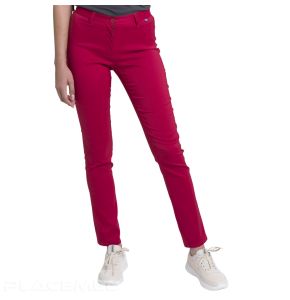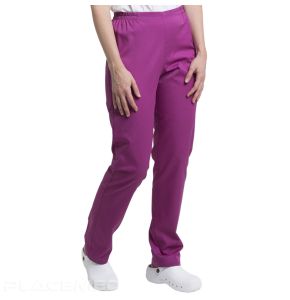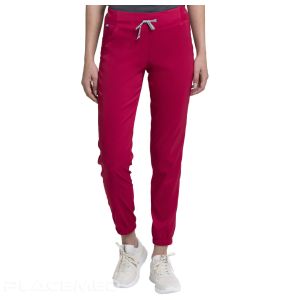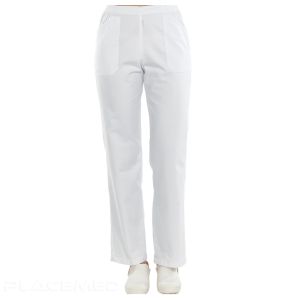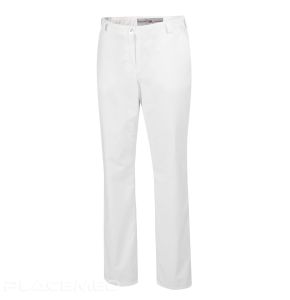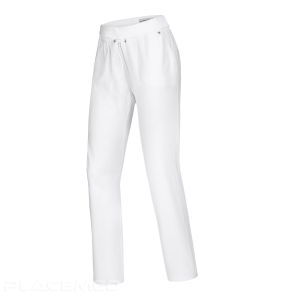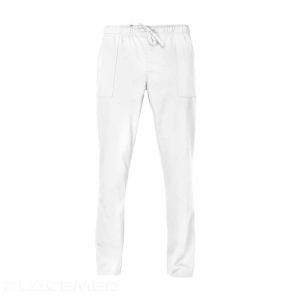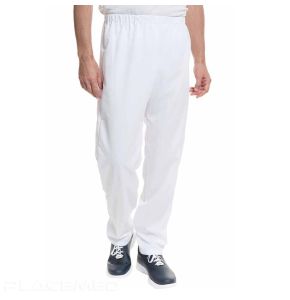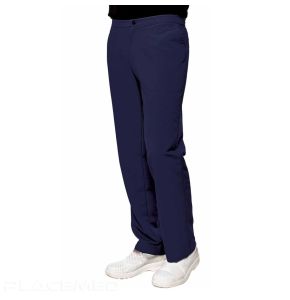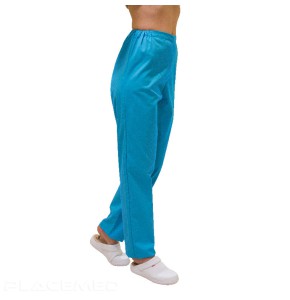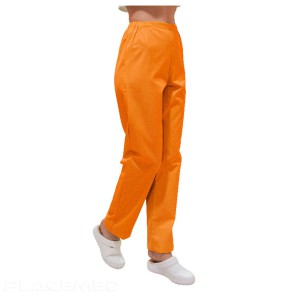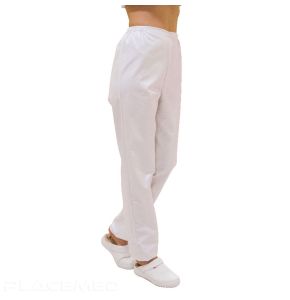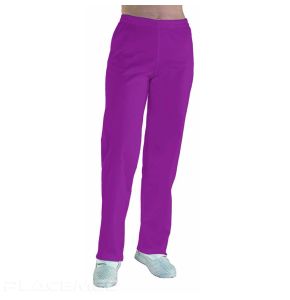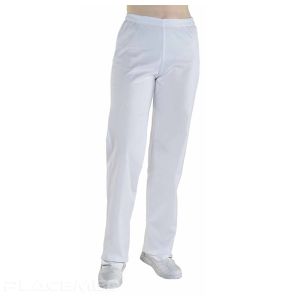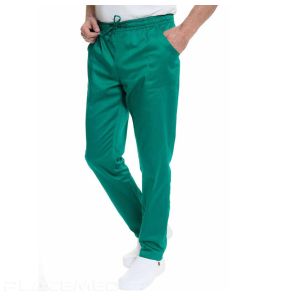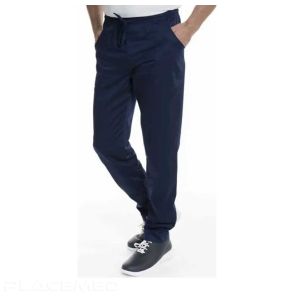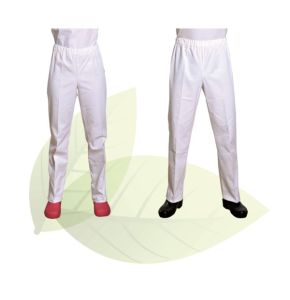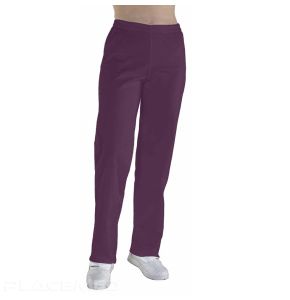Medical scrub pants
CRY-G-C57464-2215 17/04/2024 381
BP-1642-686-21 11/10/2024 243
BP-G-1641-400-V 10/10/2024 233
BP-1368-686-21 17/04/2024 254
CRY-SYDNEY 25/06/2024 493
CRY-G-C48871 17/06/2024 422
BP-1643-558-21 11/10/2024 249
BP-1359-MAT 17/04/2024 63
CRC-G-SEATTLE 21/06/2024 384
CRY-G-C48159 17/06/2024 484
CRC-G-SHANGHAI 21/06/2024 392
BP-1645-400-C 15/04/2024 343
CRY-SPLIT 25/06/2024 340
CRY-G-CC57464 18/04/2024 388
BP-1641-558-21 17/04/2024 258
CRY-C47615*2167/000-0 25/06/2024 388
CRY-G-SIBU 21/06/2024 338
CRY-G-SOFIA 25/06/2024 268
CRC-G-SANTANDER-BASICS 17/06/2024 415
CRC-G-SEUL 21/06/2024 369
CRY-C47943*2167/000-0 17/06/2024 575
BP-1644-686-21 17/04/2024 289
BP-1736-311-0021 17/04/2024 333
GGG78118 23/01/2024 573
GGG77754 26/01/2024 603
GGG89138 23/01/2024 592
IDTG863074 09/02/2024 468
IDTG863073 09/02/2024 762
IDTG863072 09/02/2024 492
GGG89240 23/01/2024 537
GGG89144 23/01/2024 647
GGG78131 23/01/2024 690
GGG78125 23/01/2024 593
GSHGWMJAS07 01/02/2024 534
GGG89162 23/01/2024 563
This stand is dedicated to one of the sanitary clothing most used by healthcare personnel. You will find a wide selection of medical scrub pants designed in quality fabrics and distributed by certified suppliers who have proven themselves in the MD sector. This textile can be offered in various colors (white, blue, green, pink, etc.) and different sizes so that it can adapt to all body types and all tastes. As, it can be declined in several models such as women's medical scrub pants , men's medical scrub pants , caregiver pants, unisex, etc. Our priority in this stand is obviously to offer you a wide choice of quality trousers to ensure maximum comfort in your daily tasks. And to complete your medical outfit, we invite you to visit our other stands: medical gowns, clogs, tunics, etc.
Stylish and trendy medical scrub pants !
There was a time when healthcare professionals had very limited choice when it came to purchasing professional attire, especially when it came to medical scrub pants . The style and cut were almost always the same and without great color variations. Today, manufacturers of medical pants offer any type of style, cut or color. Thus the nursing staff can easily find the right medical scrub pants that are both practical, comfortable and above all to their tastes.
Most often, this type of clothing is made from a material composed of 35% cotton and 65% polyester. This composition gives it softness as well as great resistance, and makes it easier to clean.
How to choose your medical scrub pants ?
The uniform worn by a medical professional is important not only for their appearance, but also for their day-to-day comfort. So the choice of this one, especially when it comes to medical scrub pants , requires special attention.
Above all, the choice must be made according to the specificities and characteristics of each discipline. For example, for a surgeon, the medical scrub pants to choose must be very comfortable so as not to hinder their movements, and above all they must meet the hygiene requirements of the operating room. For a nurse, models in a loose fit with an elastic waistband are best suited, and it is best to move towards styles dedicated to the nursing profession, often searched for on our marketplace by the terms "nurse pants".
Then, the main selection criteria to take into account are the material, the cut and the color.
The material
The fabric of the medical scrub pants must be resistant, easy to maintain and hygienic. Its density should be chosen depending on the season. For warm seasons, a model with a predominance of cotton in the composition of the fabric is to be preferred. These types of models are generally very light and offer good breathability. During cold periods, it is advisable to choose medical scrub pants rather made of dense fabric. The purely synthetic model is to be avoided, because it accumulates a static charge and does not offer good breathability.
The cut
Choosing a good cut is essential, because it is what will define the look that suits you. This also determines the comfort of the medical scrub pants . With the right fit, you can move freely throughout the day, without being tight and showing off your figure.
The size
The waistband size is an important detail when buying medical scrub pants . This must be wide and elastic enough for a good fit at the waist. Some manufacturers offer models with adjustable laces.
The colour
The color preference for this garment is purely subjective. Dark shades are of course more practical and traditionally "refine" the silhouette. Nevertheless, some medical specialties require a choice of well-defined colors.
 Francais
Francais 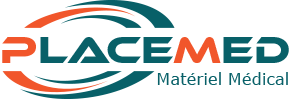
 Quote
Quote  Cart
Cart 